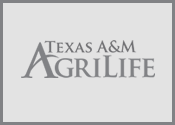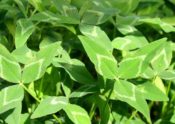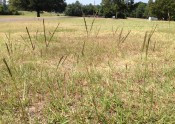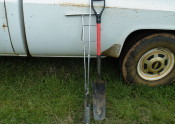
Poultry litter has become a common alternative source of plant nutrients in Central and East Texas. Especially as the poultry industry grows in parts of Central and East Texas. Broiler litter is a mixture of poultry manure, bedding, feathers, and spilled feed. The actual nutrient content of a manure sample varies. Nutrient concentration of broiler litter is variable due to age of bird, composition of the diet, how the manure is handled, and the number of batches of birds raised since the last house clean out. The average… Read More →







